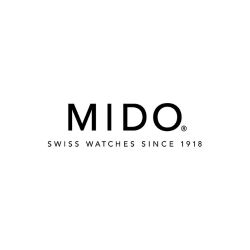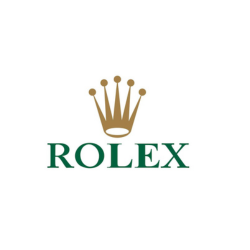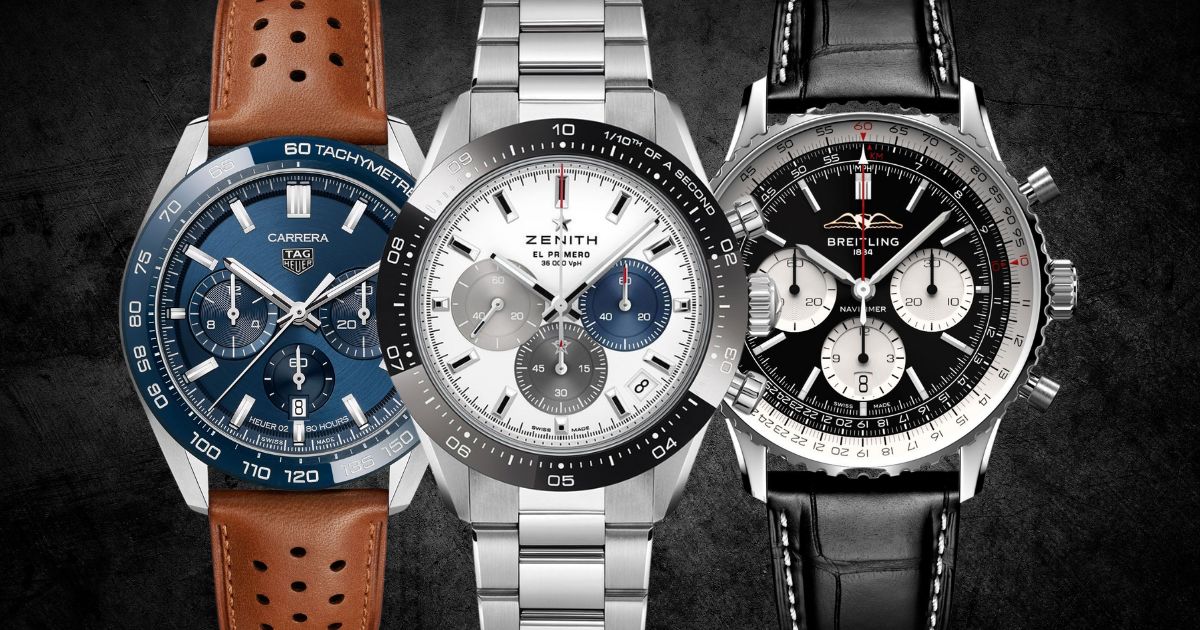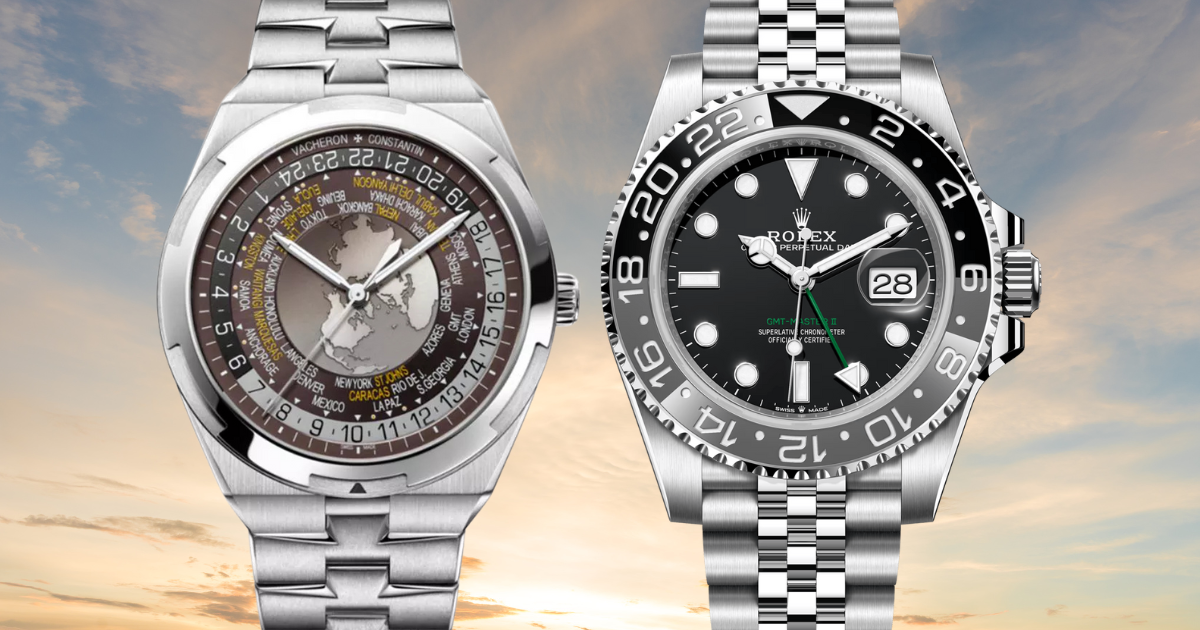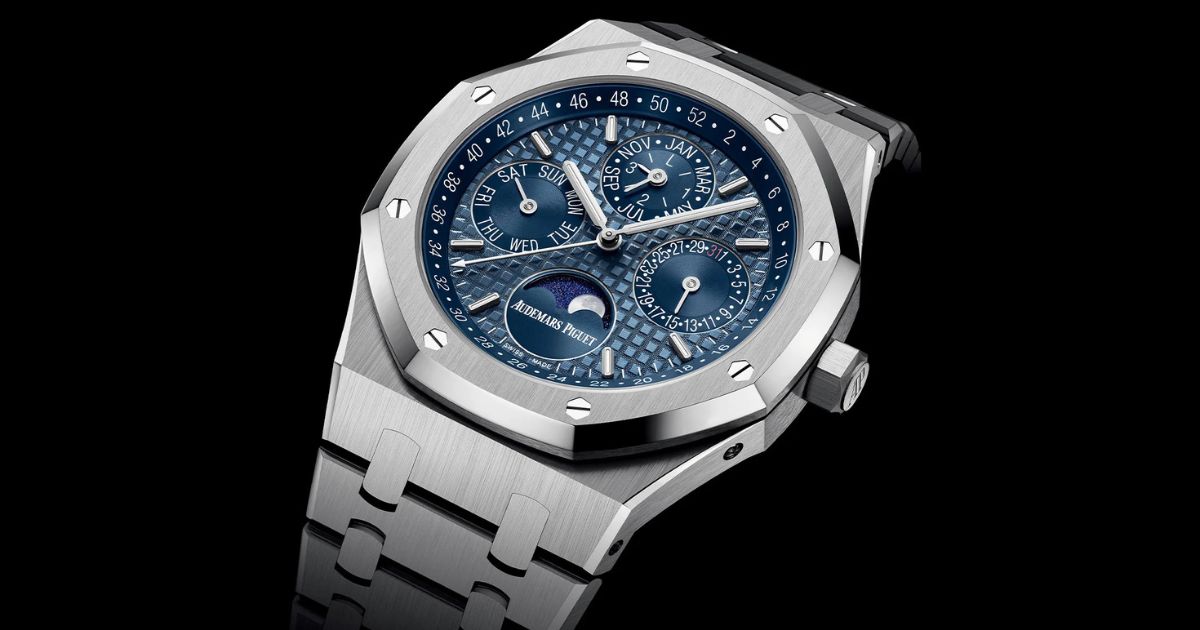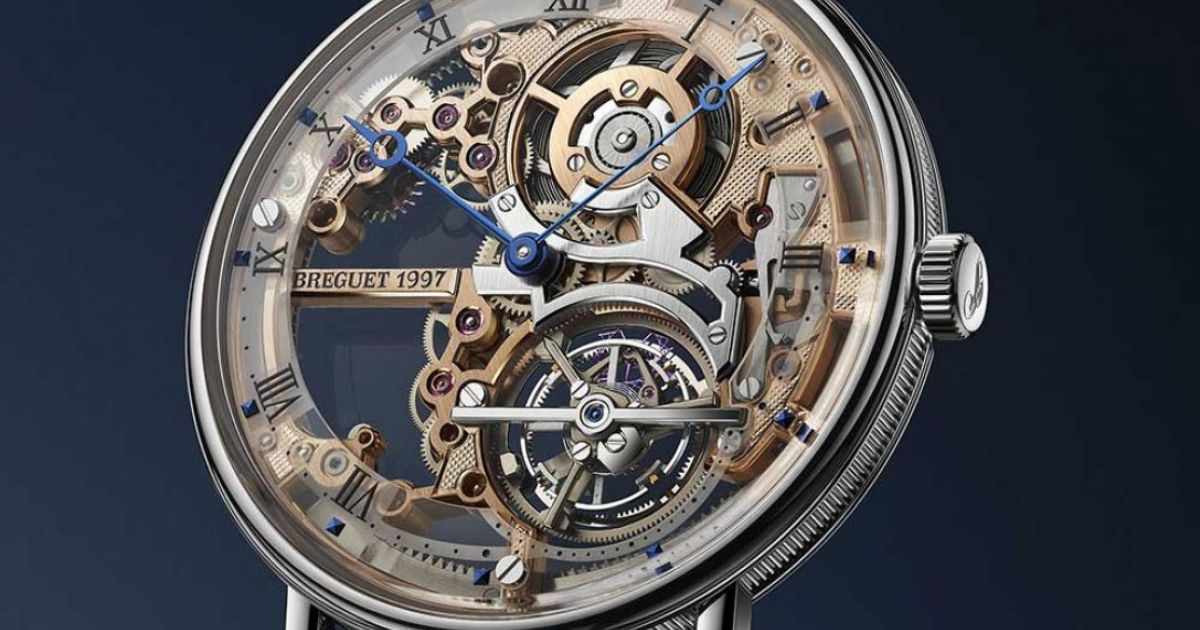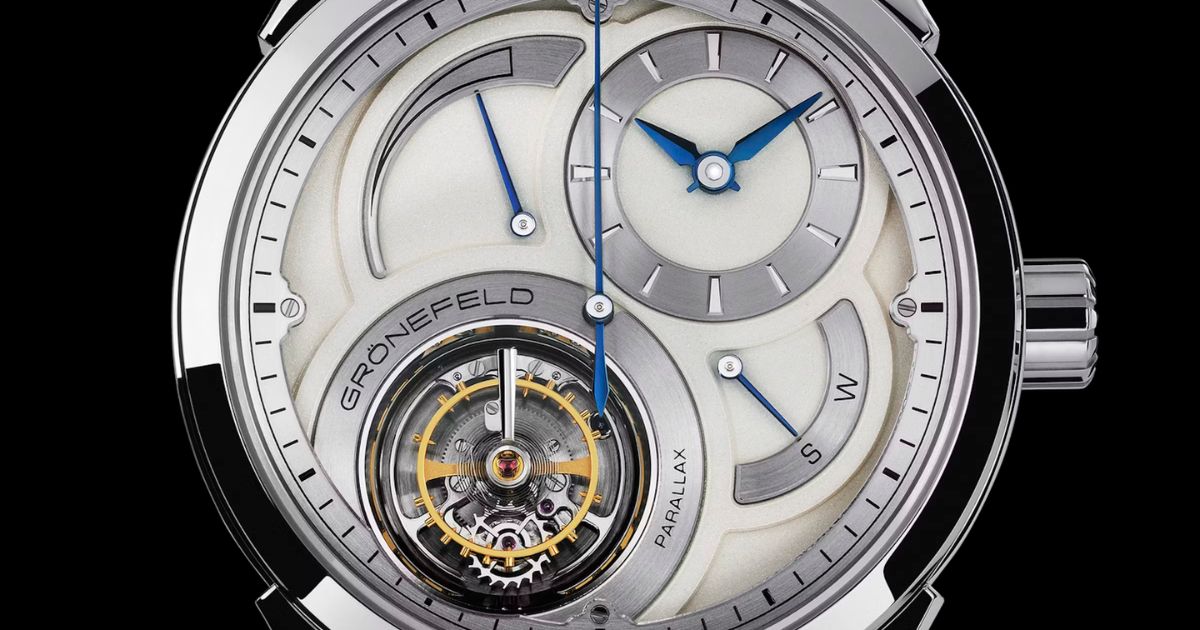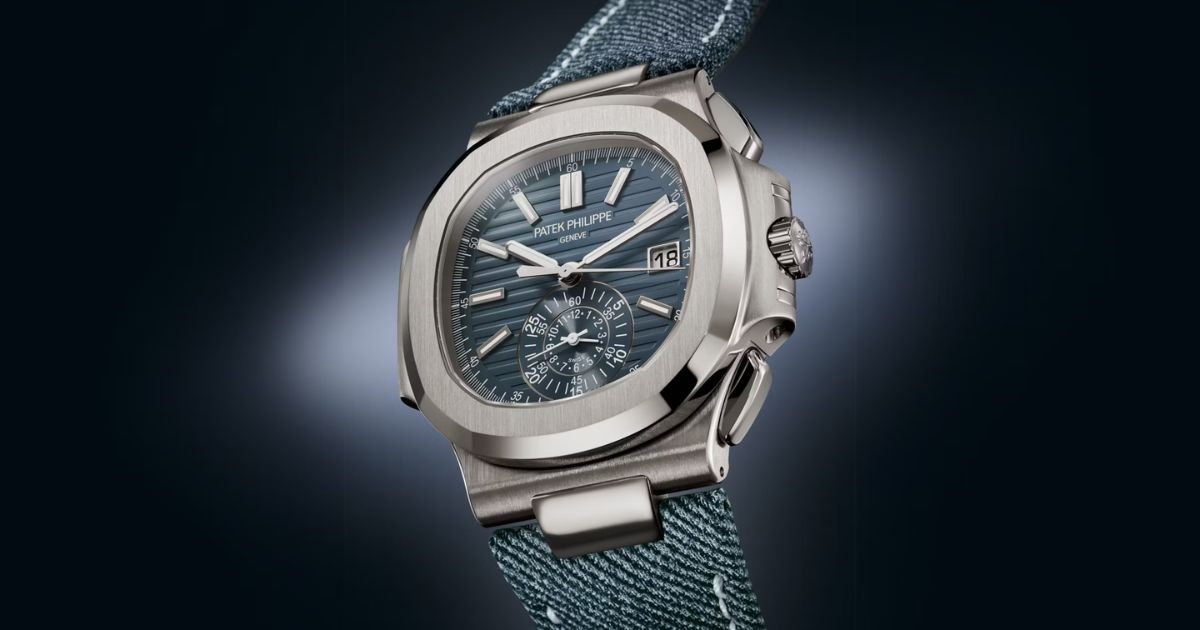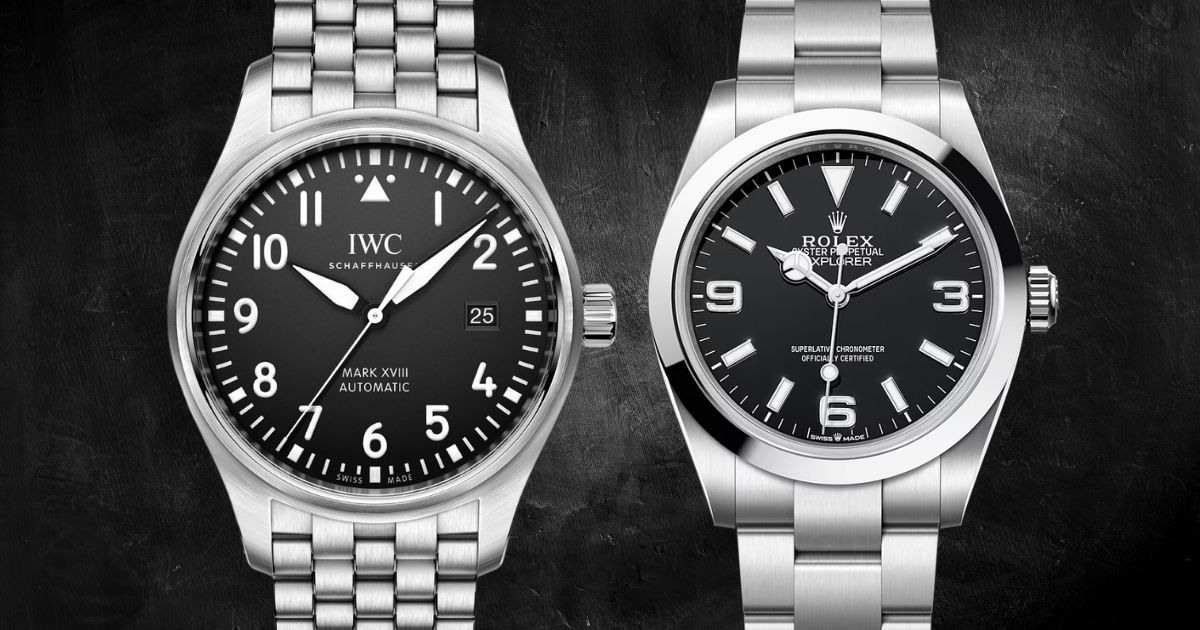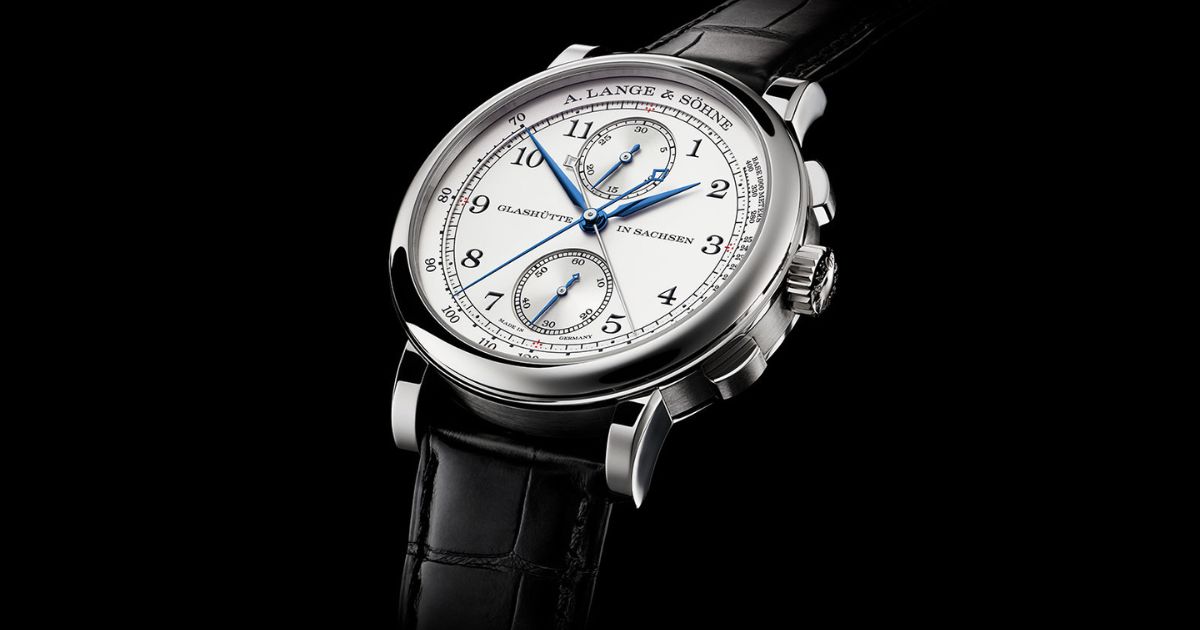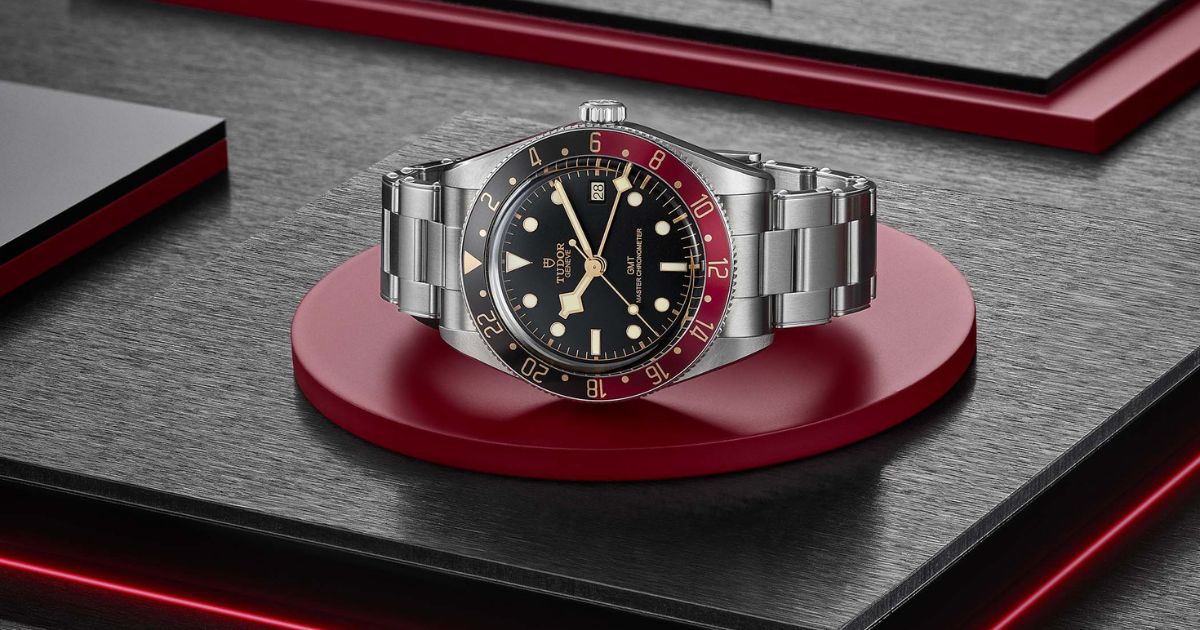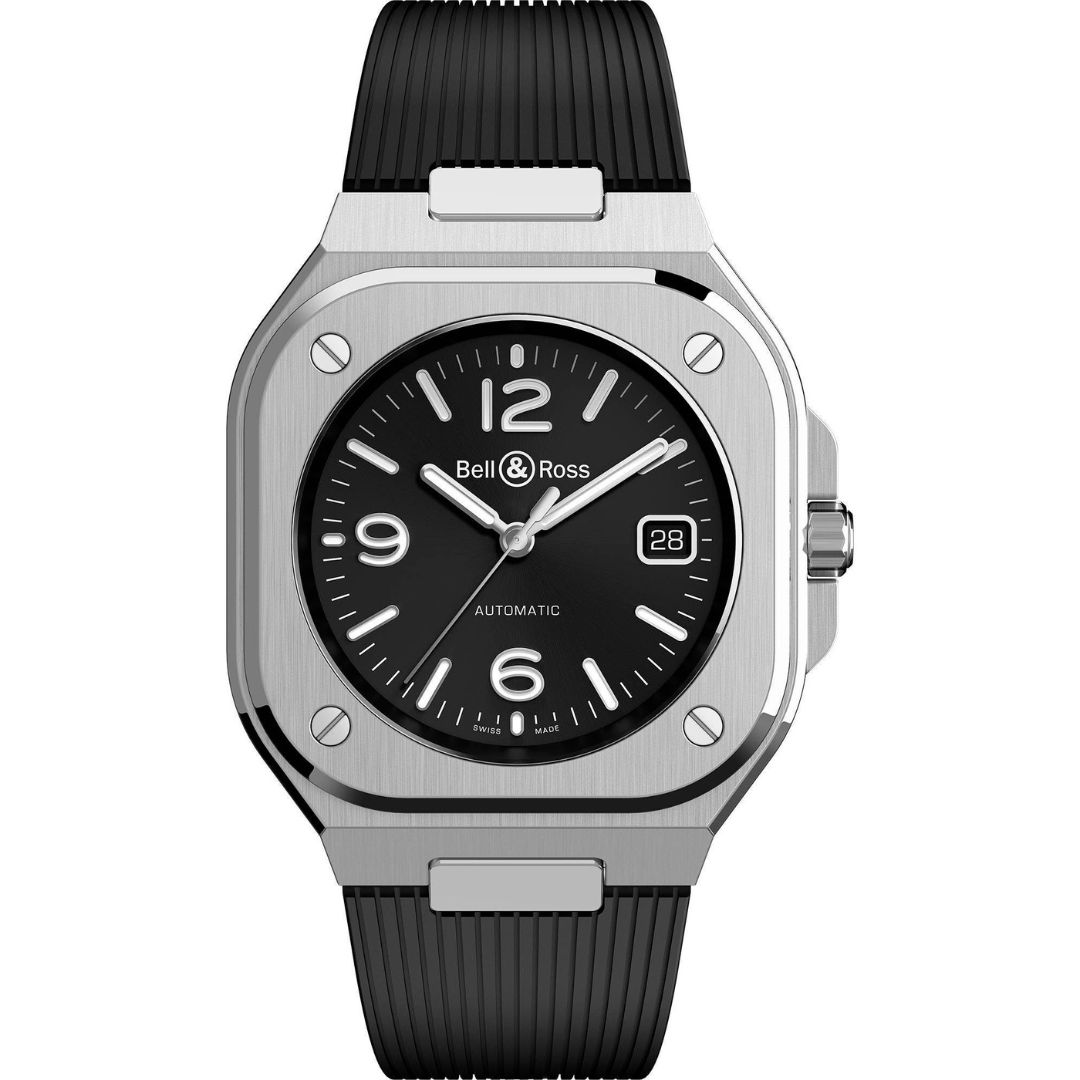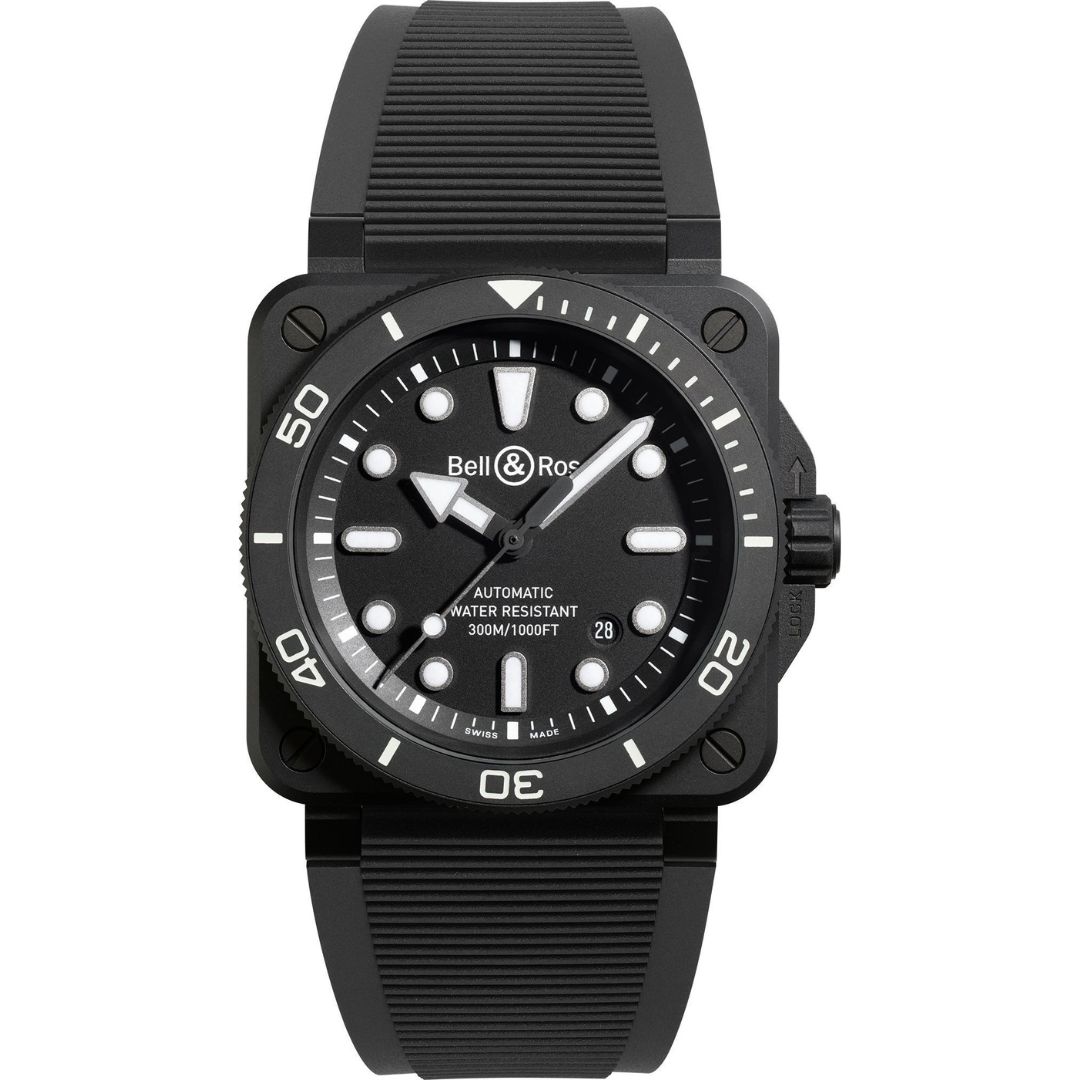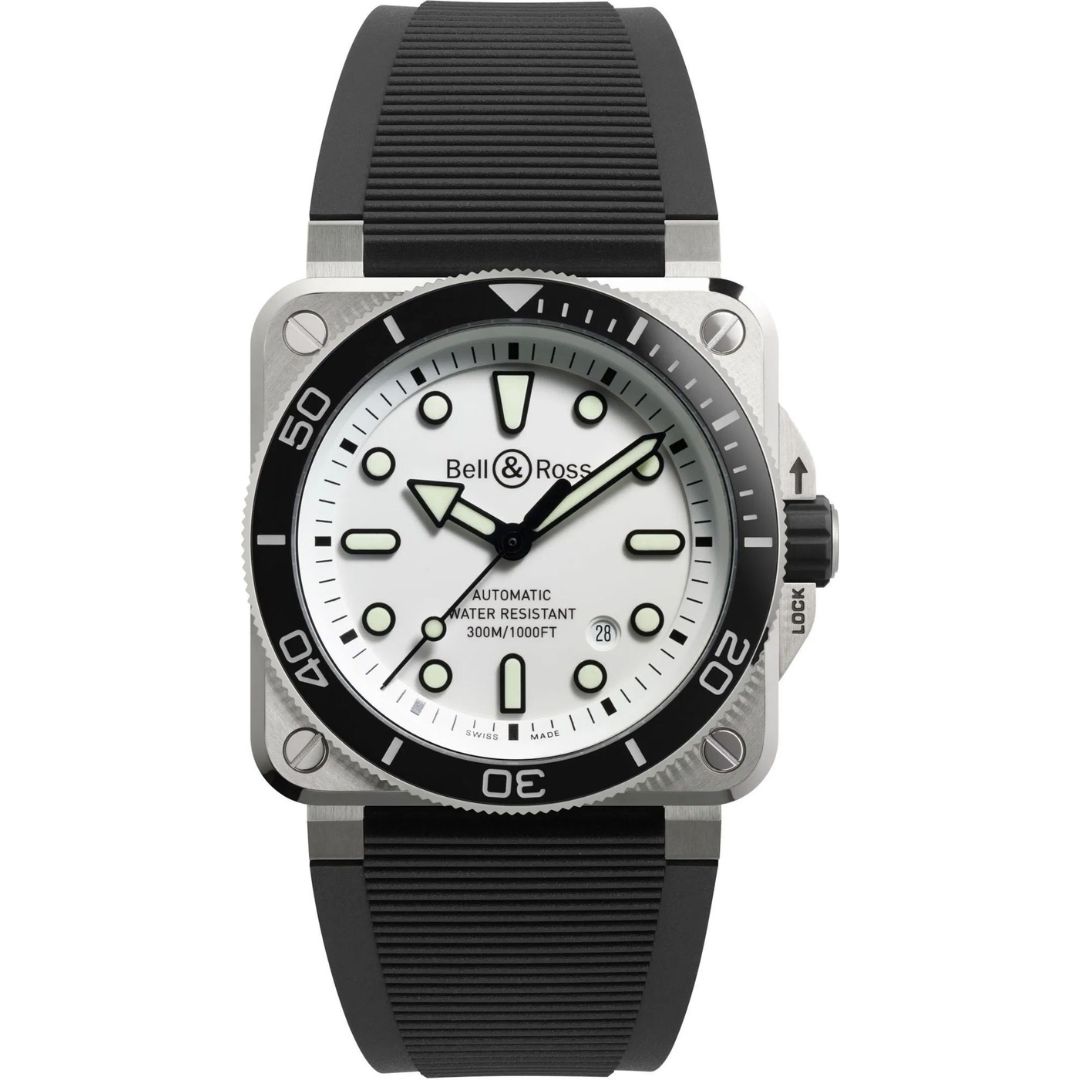Wristwatches have evolved far beyond simple timekeeping. Among the most popular and functional complications in horology is the chronograph — a watch that combines style, history, and precision engineering. Whether you’re a seasoned collector, a casual enthusiast, or a first-time buyer, understanding chronograph watches can deepen your appreciation for this iconic timepiece.
In this ultimate guide, we’ll explore the origins of chronograph watches, their inner workings, types, uses, and how to choose the right one for your lifestyle.
What Is a Chronograph Watch?
A chronograph is a type of watch that features a stopwatch function in addition to the regular time display. The term comes from the Greek words chronos (time) and graph (to write). Early versions literally “wrote time” using a pen on a rotating dial.
Today’s chronograph watches feature subdials and pushers (buttons) that allow the wearer to start, stop, and reset an independent timing mechanism — perfect for measuring elapsed time.
Chronographs are often mistaken for complicated or hard-to-use instruments, but their basic functions are straightforward and incredibly useful once understood.
A Brief History of Chronograph Watches
The chronograph has a storied past that spans centuries and industries — from astronomy to motorsports and even space exploration.
- 1816 – The First Chronograph: Louis Moinet, a French horologist, created the first known chronograph to track astronomical objects. This early device could measure to 1/60th of a second — astonishing for its time.
- 1821 – The First Commercial Chronograph: Nicolas Rieussec, watchmaker to King Louis XVIII, invented a chronograph for timing horse races. It used ink on paper dials to track intervals.
- 1913 – Wristwatch Chronograph Debuts: Longines introduced one of the first chronograph wristwatches, adapting the complication from pocket watches.
- 1960s – The Chronograph Race: Several manufacturers, including Heuer, Breitling, and Zenith, raced to develop the first automatic chronograph movement. Zenith’s El Primero and the Caliber 11 (a joint effort between Heuer, Breitling, and others) emerged as pioneers.
- 1969 – Omega’s Moonwatch: The Omega Speedmaster, a manual chronograph, became the first watch worn on the moon during NASA’s Apollo 11 mission.
How Does a Chronograph Work?
A chronograph contains additional components inside the movement that control its stopwatch feature. Most models have two or three pushers and subdials. Here’s how it works:
Core Components:
- Pushers: Usually located at 2 and 4 o’clock on the case. The top pusher starts and stops the chronograph; the bottom resets it.
- Center Seconds Hand: Often the most noticeable — this hand starts moving only when the chronograph is activated.
- Subdials: Miniature dials typically measure seconds, minutes, and hours. Their layout varies by brand and model.
- Clutch Mechanism: Responsible for engaging/disengaging the chronograph. Movements can use either a vertical clutch (more accurate and smoother) or horizontal clutch (easier to manufacture and service).
- Column Wheel vs. Cam Actuation: Higher-end chronographs often use a column wheel to coordinate operations smoothly; more affordable ones may use cams.
Chronograph movements can be manual, automatic, or quartz. Mechanical chronographs tend to be prized for their craftsmanship, while quartz models offer affordability and precision.
Types of Chronograph Watches
Not all chronographs are created equal. Different designs serve different functions:
Simple Chronograph
- Features a start/stop and reset button.
- Ideal for casual use and general timing needs.
Flyback Chronograph
- Allows the user to reset and restart the timer with a single push.
- Originally designed for pilots who needed fast timing capabilities.
Rattrapante (Split-Seconds) Chronograph
- Has two seconds hands stacked together; one can stop to measure a split time, then catch up with the other.
- Excellent for timing multiple events simultaneously.
Monopusher Chronograph
- Uses a single button to control start, stop, and reset.
- Rare and often vintage-inspired, it emphasizes elegance and simplicity.
Tachymeter Chronograph
- Includes a tachymeter scale on the bezel or dial to measure speed based on travel time.
- A favorite among racing enthusiasts.
Popular Uses for Chronograph Watches
Chronographs aren’t just stylish — they’re built for functionality. Here are common real-world uses:
- Sports Timing: From motorsports to track events, chronographs help time laps and monitor performance.
- Aviation: Pilots use chronographs for navigation, fuel checks, and coordinated maneuvers.
- Diving: While not as robust as a dive bezel, some diving chronographs track underwater activity with precision.
- Medical Field: Certain models include a pulsometer scale to measure a patient’s heartbeat.
- Everyday Use: Boiling eggs? Parking meter running? Chronographs come in handy for mundane tasks too.
Top Chronograph Watch Brands
Here are some of the most celebrated chronograph models and their makers:
Omega Speedmaster
- Known as the “Moonwatch,” it was worn during NASA’s moon missions.
- Manual-wind movement, classic design, and space heritage.
Rolex Daytona
- Associated with motorsports and Paul Newman.
- Highly sought-after and notoriously difficult to acquire.
TAG Heuer Carrera / Monaco
- Linked with Formula 1 racing.
- Known for bold design and sporty appeal.
Zenith El Primero
- Among the first automatic chronographs.
- Famous for its high beat rate and accuracy.
Breitling Navitimer
- A pilot’s tool watch with slide rule bezel and chronograph function.
- Big, bold, and packed with aviation heritage.
Seiko Chronographs
- Affordable, reliable, and innovative (Seiko introduced the first automatic chronograph in Japan).
- Great entry-level or daily-use chronographs.
Choosing the Right Chronograph for You
When shopping for a chronograph, consider the following factors:
Functionality
- Do you need a basic timer or advanced features like split-second timing?
- Will you use it for sports, aviation, diving, or everyday tasks?
Movement Type
- Mechanical: For purists who value craftsmanship.
- Quartz: For accuracy and low maintenance.
- Automatic: Combines heritage with convenience (self-winding).
Case Size and Style
- Chronographs tend to be thicker due to the extra components.
- Choose a size that fits your wrist comfortably — typically 38mm to 44mm.
Readability
- A cluttered dial can hinder legibility.
- Opt for contrasting subdials and clear markings if functionality matters.
Budget
- Entry-level quartz chronographs can start around $100.
- High-end mechanical chronographs easily climb into five figures.
Maintaining a Chronograph Watch
Mechanical chronographs are complex and require regular maintenance:
- Service Intervals: Every 4–6 years for mechanical movements.
- Avoid Overuse: Running the chronograph continuously can cause wear.
- Water Resistance: Not all chronographs are water-resistant — check the rating before exposing to moisture.
Quartz chronographs, on the other hand, require battery replacements every 2–3 years but are otherwise low-maintenance.
Chronograph Myths & Misconceptions
Let’s clear up a few common misunderstandings:
- “Chronograph = Chronometer”
False. A chronometer is a certified high-precision watch. A chronograph is a stopwatch function. Some watches can be both. - “Only athletes need chronographs.”
Chronographs are versatile and useful in many situations beyond sports. - “Using the chronograph wears it out quickly.”
Quality movements are designed for use. Just don’t leave it running 24/7.
Conclusion
Chronograph watches are more than just tools — they’re symbols of innovation, adventure, and precision. From racing circuits to space missions, they’ve proven their worth across generations. Whether you’re drawn to the technical artistry of a manual chronograph or the sleek simplicity of a quartz model, there’s a chronograph out there to match your taste and needs.
So next time you see those extra subdials and pushers, you’ll know: you’re looking at one of the most iconic and functional watch complications in horology. And maybe, just maybe, your next watch will be a chronograph.















